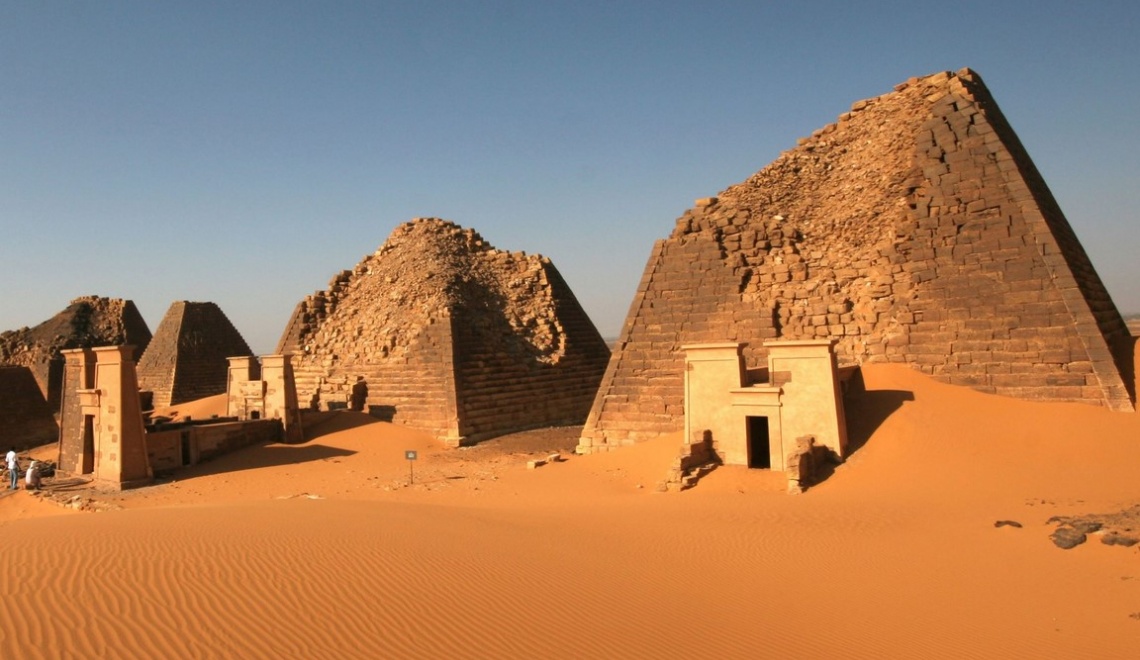
Downstream from the Sixth Cataract, a few kilometres from the Nile, on a hill surrounded by sand dunes, stand some astonishing pyramids with steep edges. These are the striking remains of a little-known civilisation: that of the Black Kings of Kush.
They have the desert as their setting and the sand as their shroud. They have endured the ravages of time, but even more so those of an Italian adventurer who decapitated one of them in the 19th century for a treasure trove of jewels, currently on display in Munich and Berlin. They are the tombs of the kings and queens of the first known civilisation in Black Africa: the Meroitic kingdom. Pale and solemn guardians under the zenithal light of the Bayuda desert, the pyramids of Meroe blaze as soon as the sun sets.
This is the best time to appreciate this necropolis, which has nothing to envy its Theban sisters, and to let yourself be enveloped by the silence of the sands and the journey of the dunes, which change their face at nightfall. Here, in the heart of Sudan, visitors are rare. Only a few nomads from the Ababda tribe tread the site with their camels.
These Bedouins, renowned for their talents as caravan guides, have always criss-crossed the Nubian deserts and traded with the inhabitants of the Nilotic villages.
Naga, a royal city on the steppe
Located 130km north-east of Khartoum, Naga is another remarkable Meroitic site that remained untouched until work began on the Egyptian Museum in Berlin in 1995.
Arriving near the as yet unexcavated ancient city, we discover the great temple of Amun. Inscriptions date it to the reign of King Natakamani, at the beginning of the 1st century AD.
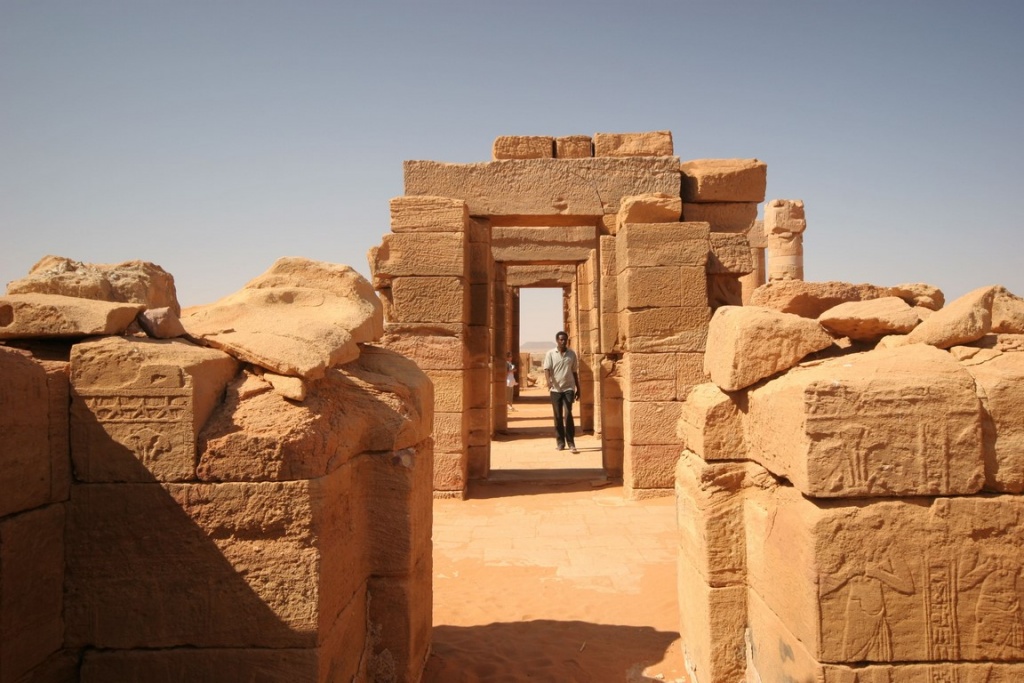
The Temple of Amun is the most important monument in the ancient city of Naga. The 8-column hypostyle hall has been excavated from the sand and restored by anastylosis by a team of German archaeologists.
An alley flanked by twelve rams led to the temple pylon, of which only the stone door remains today.
Further down, on the banks of the Wadi Awatib, is the small temple of Apedemak, the lion-headed god worshipped by the Kushites. It is virtually intact and consists of a single hall preceded by a pylon on which the Meroitic rulers can be seen in a victorious pose.
In front of the temple of Apedemak stands a strange monument, a "kiosk" whose architecture reflects Roman, Meroitic and Egyptian influences. Since the discovery of a capital carved with the image of the goddess Hathor, this sanctuary has been called the "Chapel of Hathor".
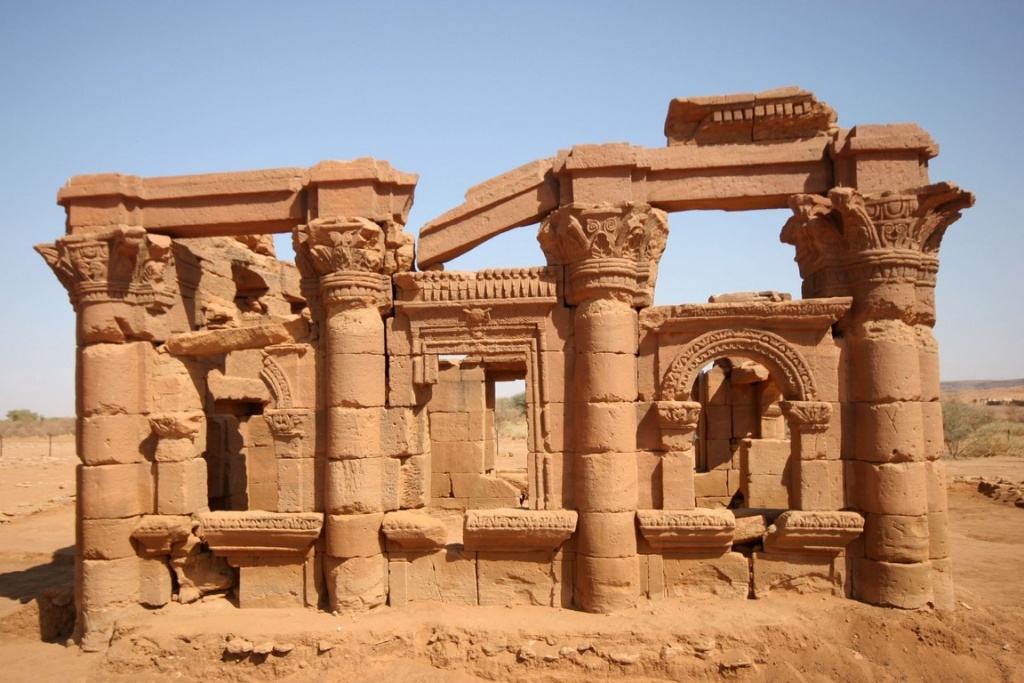
The Roman "kiosk" is a unique monument in the kingdom of Meroe. Dating from the 1st century AD, this chapel is considered to be an architectural encyclopaedia illustrating the relationship between Meroe and the Mediterranean basin.
As we head deeper into the arid steppes of the Butana region, we come across the Bisharin nomads grazing their goats in a dry wadi bed. The women, beautiful and fierce beneath their brightly coloured veils, build ephemeral acacia huts and flee as soon as a man approaches.
A few kilometres further on, the sanctuary of Mussawarat-Es-Soufra is home to a vast group of cult buildings as well as buildings that archaeologists believe were used to breed wild animals for royal hunting and elephants trained in the art of warfare, as witnessed by a temple known as the "Elephant Temple".
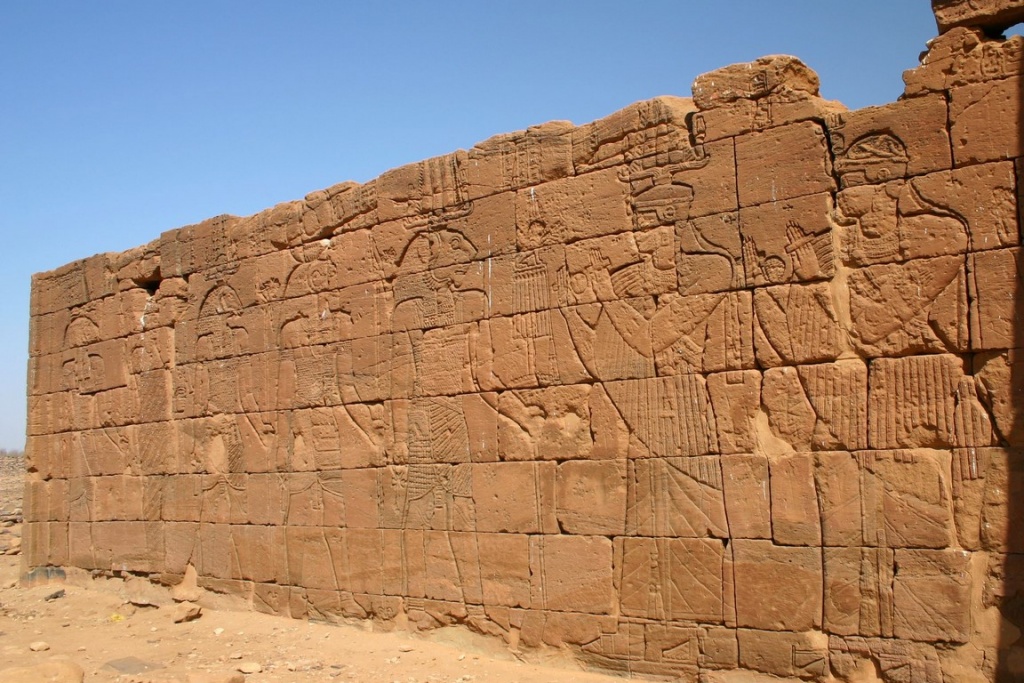
Musawarat es-Sufra. Detail of the relief on the outer wall of the temple of Apedemak: King Arnekhamani and a prince, protected by the goddess Isis, adoring the lion god Apedemak.
Back across the desert. Your gaze wanders over the infinity of a plain of ochre-coloured sand. Bluish mirages shiver in the warm wind known as samoum. And we let ourselves be told the marvellous and little-known story of these kings with burnt faces who ruled over Nubia and Egypt for a century from 747 BC: the Black Pharaohs.
Copyright Text and Photos: Brigitte Postel

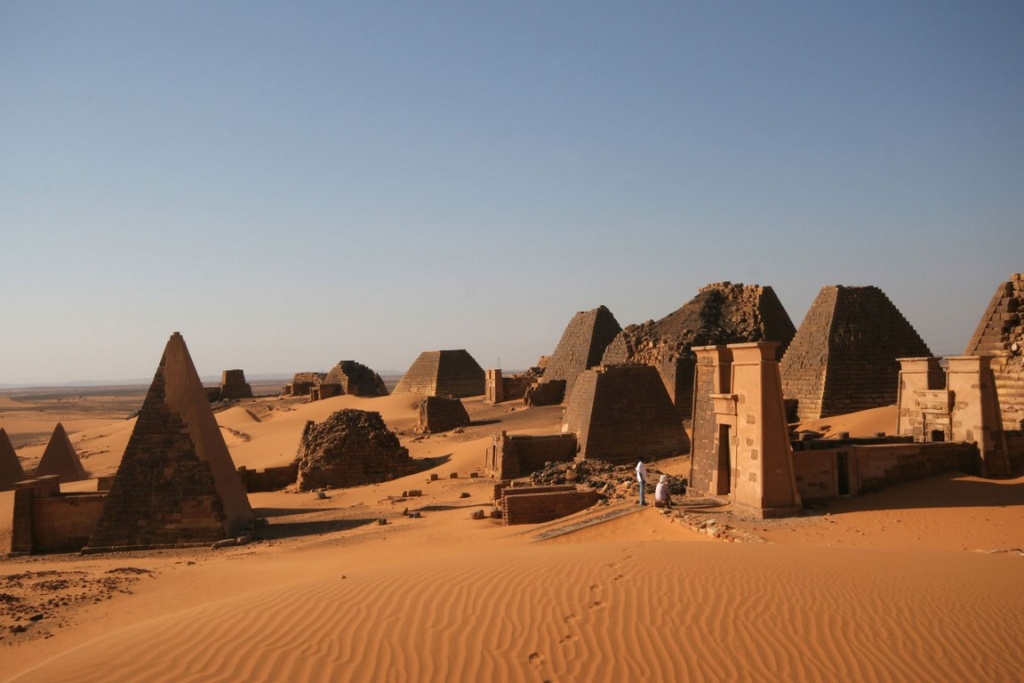

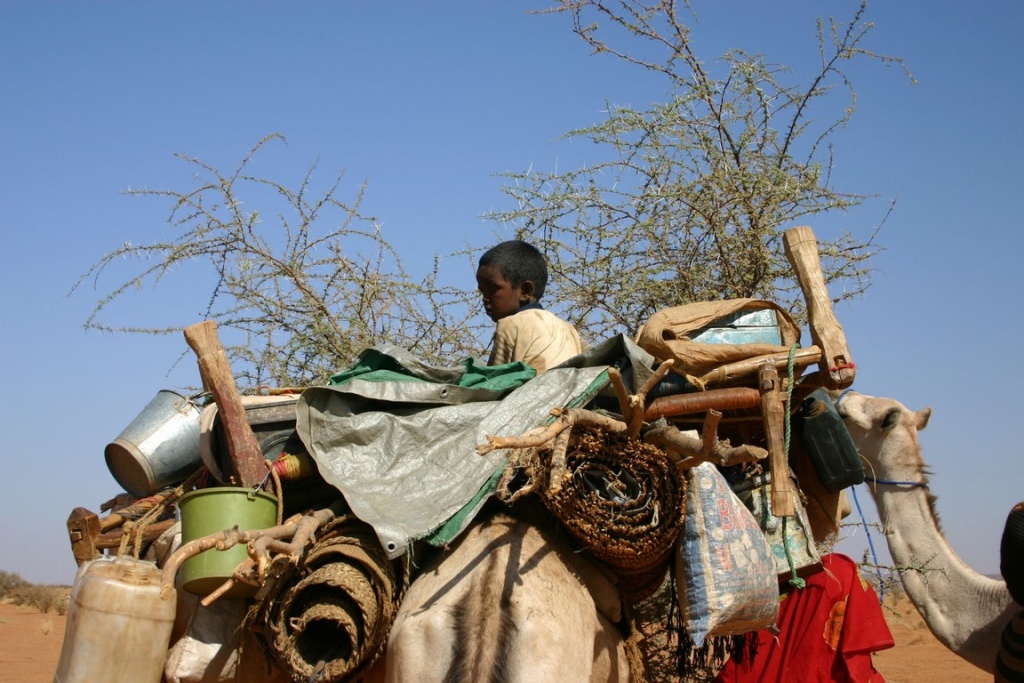
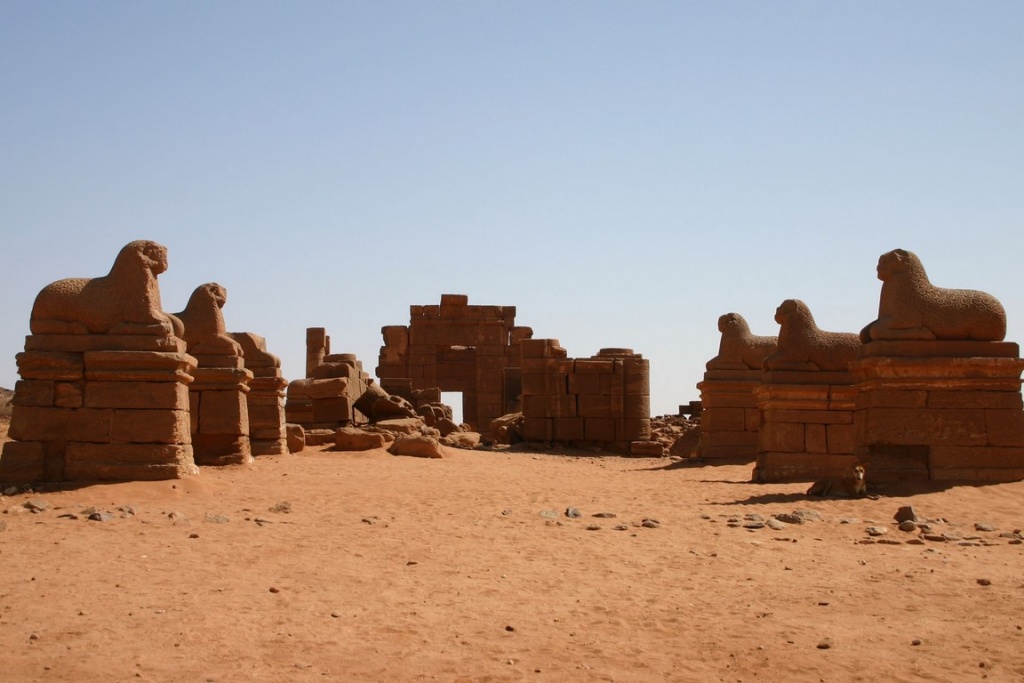
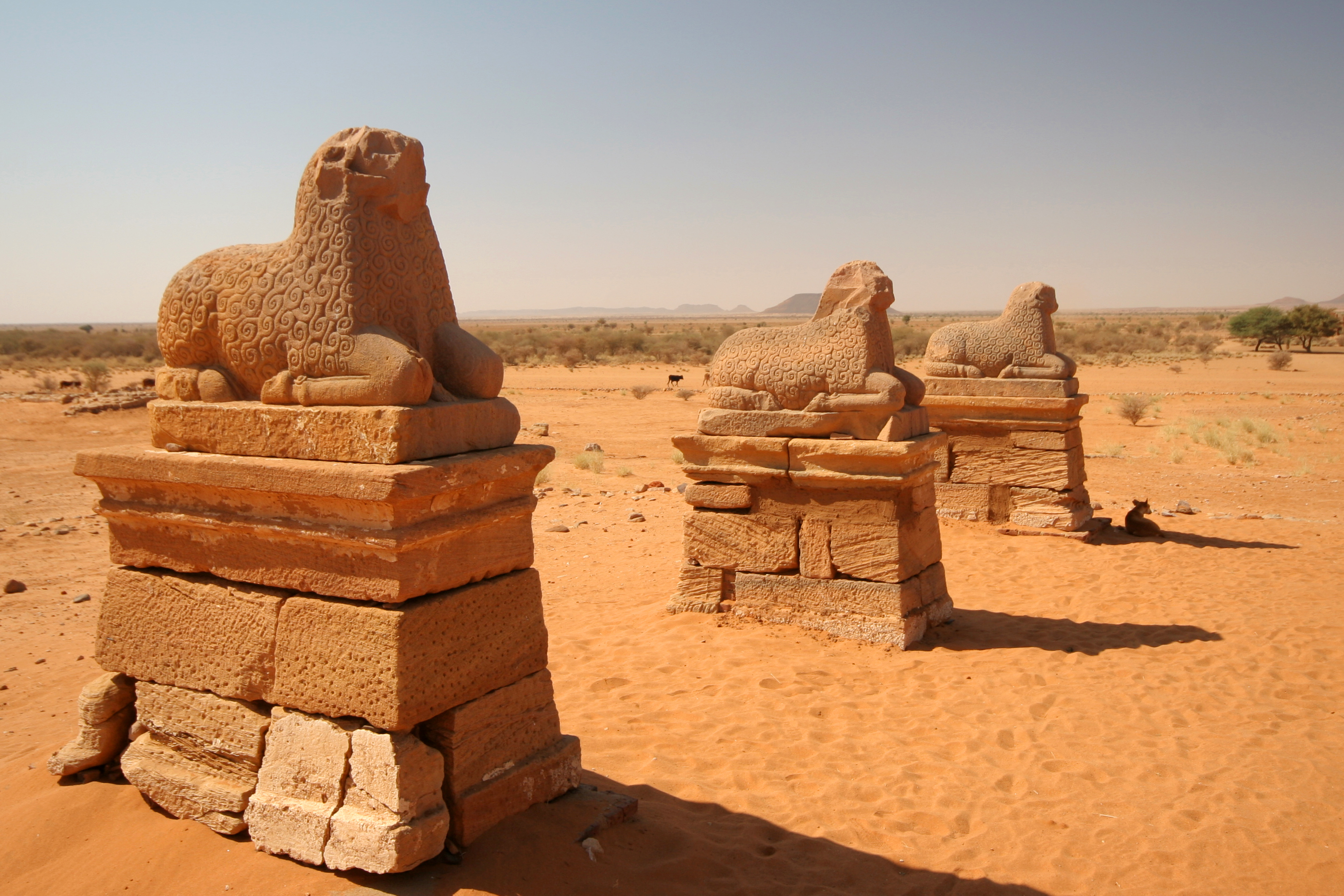
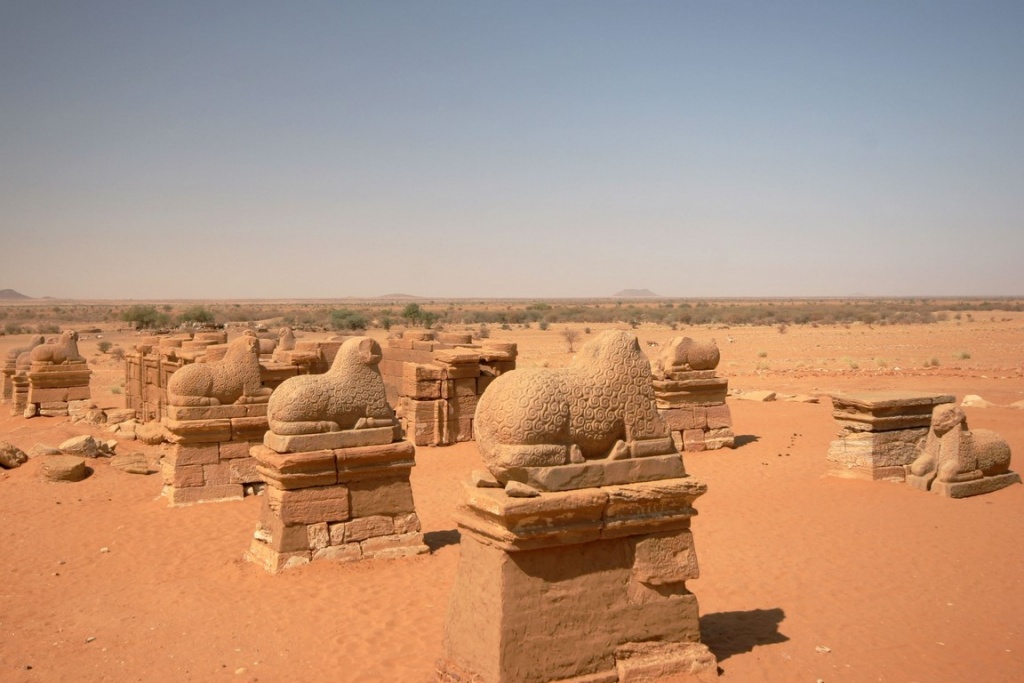
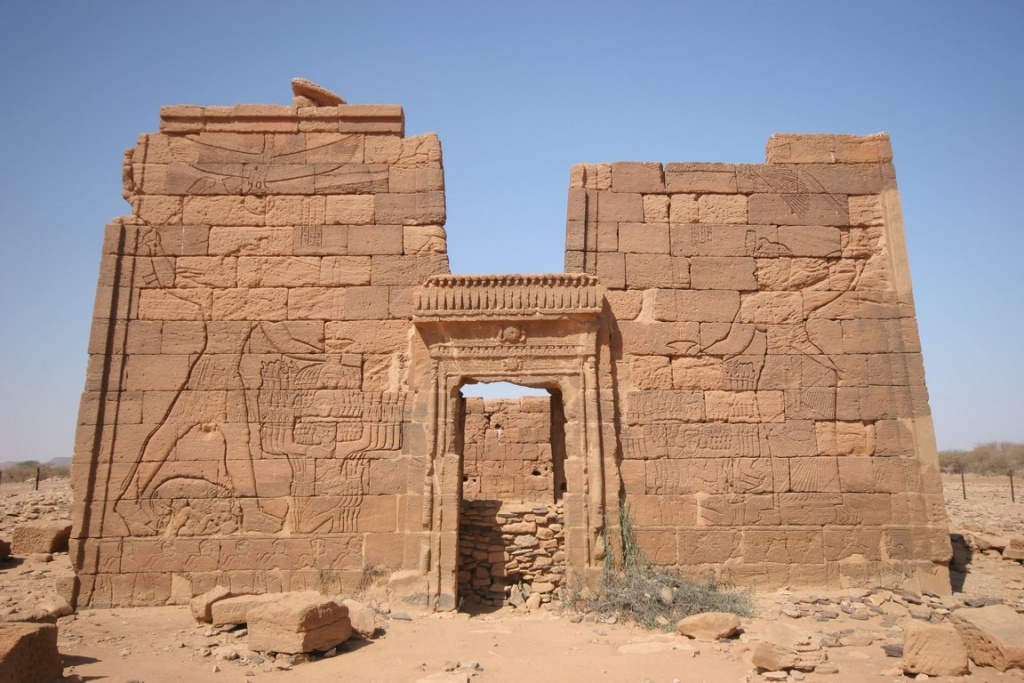
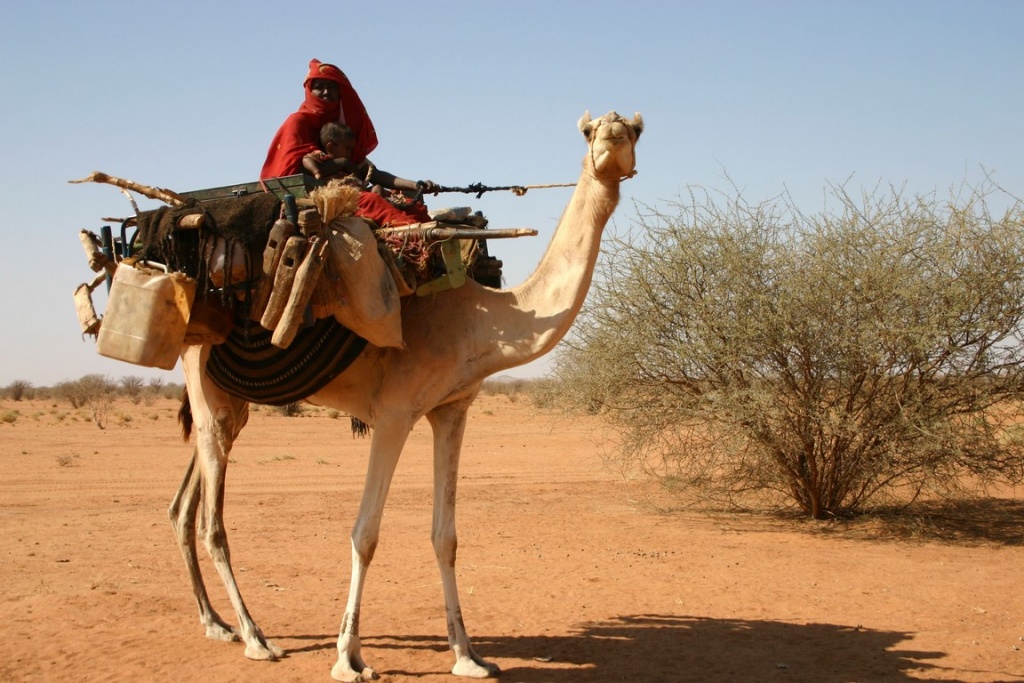

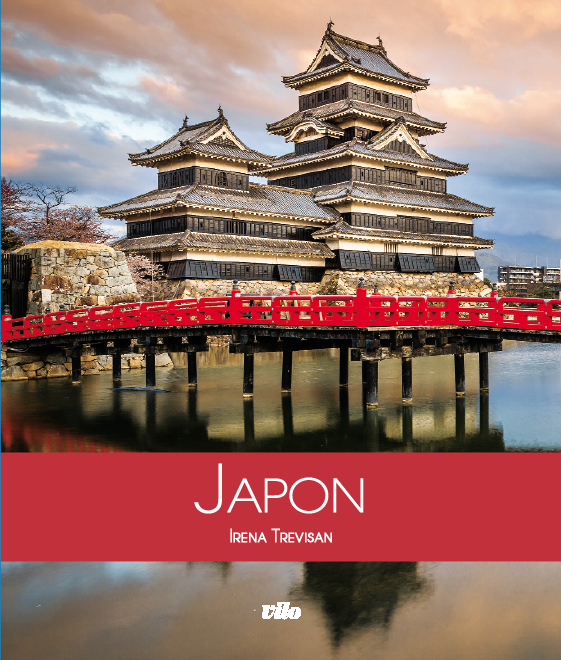
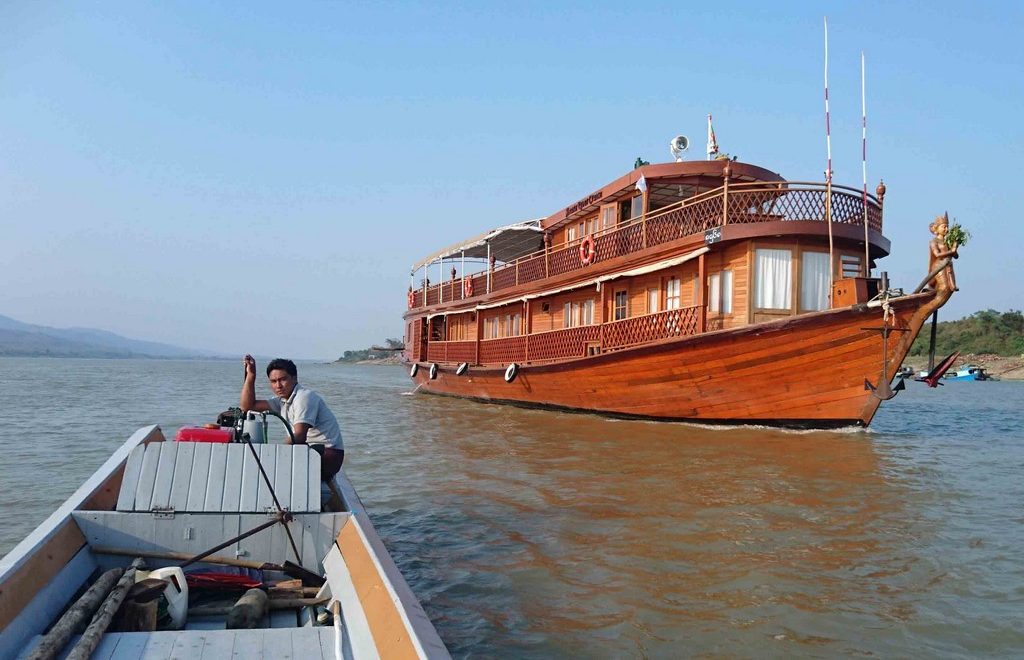

I love
How can I visit the Meroé site today?
Is there a tourist circuit from Khartoum?
Hello,
Yes, the Explorator travel agency offers it: https://www.explo.com/voyage-soudan